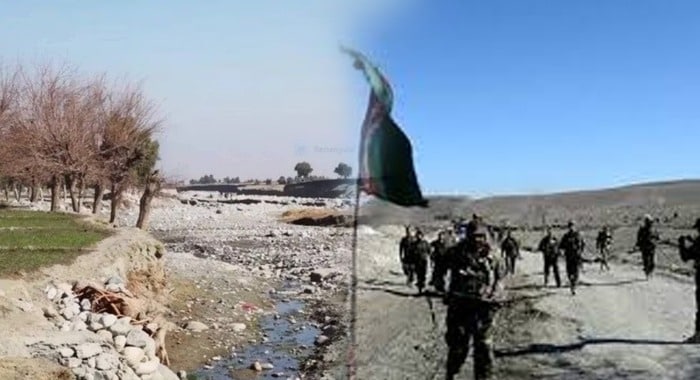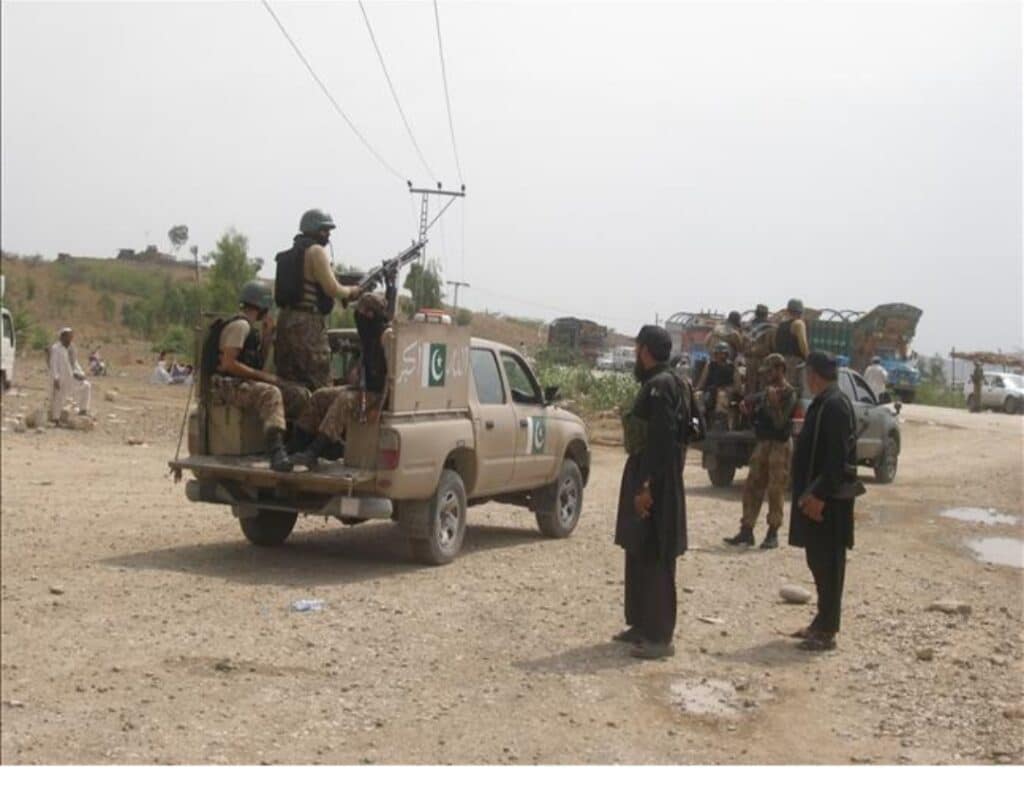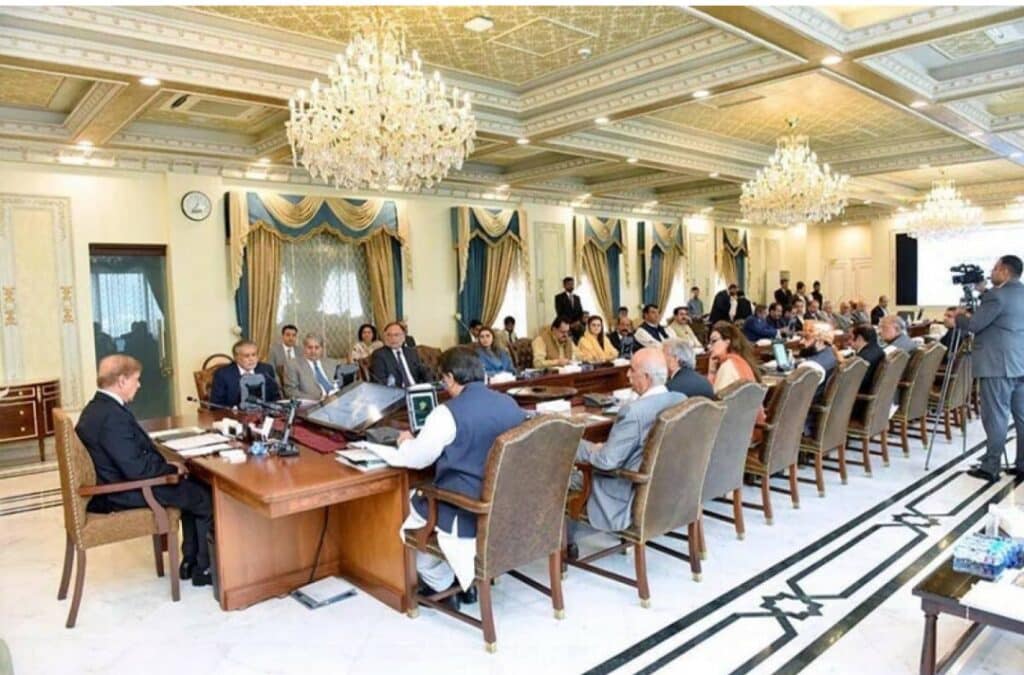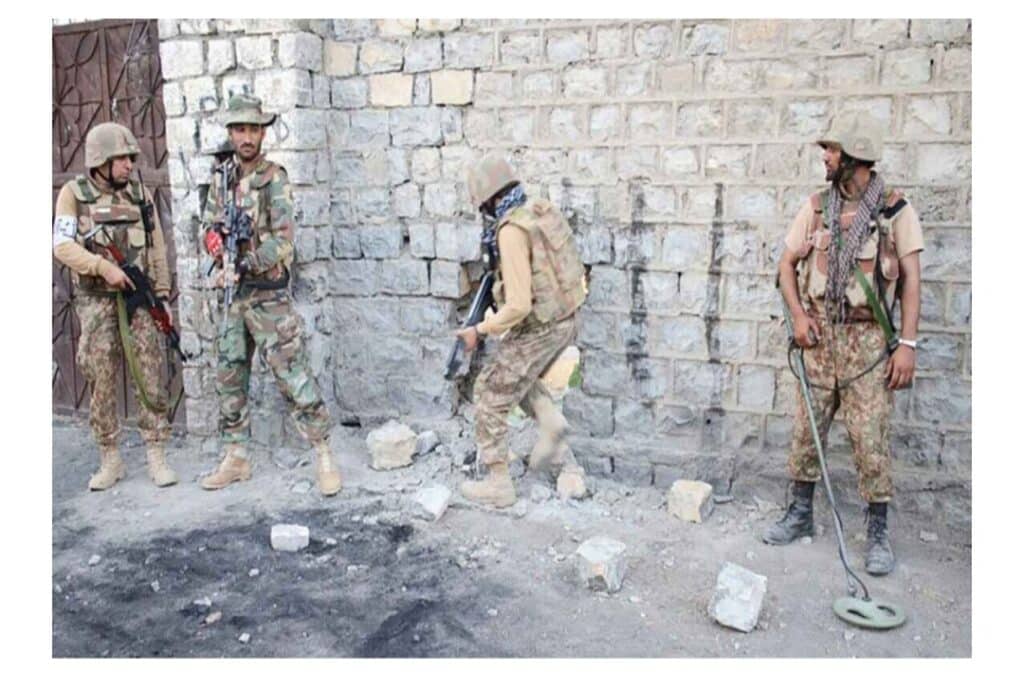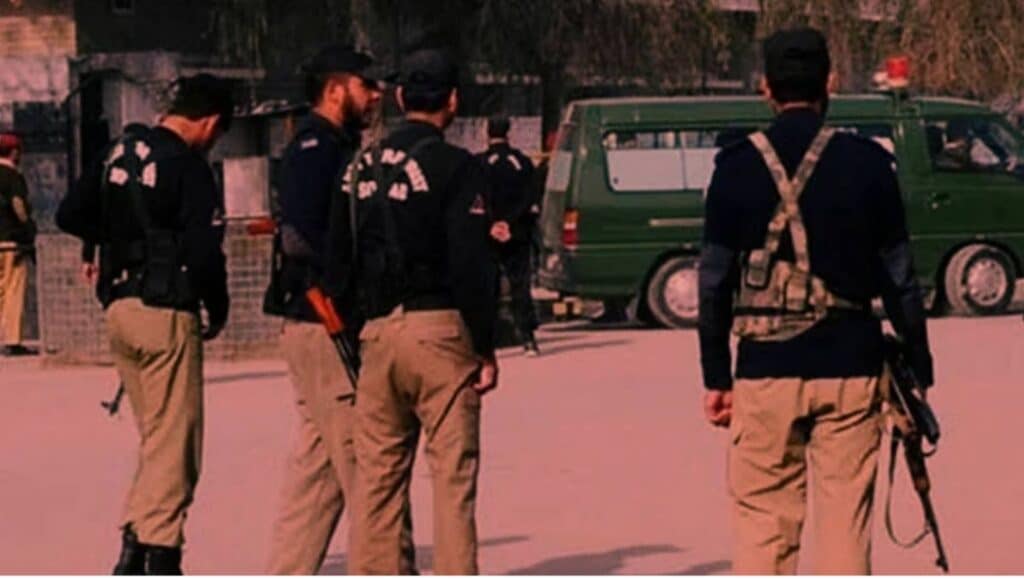Displaced families in eastern Afghanistan’s Nangarhar province are calling out the Taliban for failing to rebuild communities devastated by the conflict with Islamic State-Khorasan Province (IS-KP), raising fresh doubts about the group’s actual control over territory it claims to govern.
Residents from districts including Haska Mina, Achin, Spin Ghar, Kot, Naziyan, and Dur Baba, areas once at the heart of IS-KP’s insurgency, say they are still living among rubble and ruin nearly four years after fighting ended. The Taliban, despite holding power since 2021, has done little to restore destroyed homes, roads, mosques, or healthcare centers.
These areas were battlegrounds not just during the fall of the former Afghan republic, but also in the bloody fight between Taliban and IS-KP, a violent conflict that exposed the limits of both regimes’ control. While the Taliban now claims sovereignty, locals say the group has failed to provide even basic governance, let alone long-promised reconstruction.
“Both the republic and the Taliban promised to help us. Nothing happened. We are still waiting,” said a displaced father of five from Haska Mina, now living in a camp near Jalalabad.
Last year, Taliban officials told displaced residents that international aid groups would begin rebuilding efforts. But with no follow-up, many now question whether those promises were ever serious — or simply aimed at silencing growing frustration.
The destruction goes beyond homes. Markets were flattened, economic activity halted, and entire communities uprooted. Around 23,000 families were displaced, according to local estimates. Many fled to Pakistan, only to be forcibly deported back, now forced to live in tents or amid the ruins of their former villages.
Despite the Taliban’s claims of national unity and territorial control, the situation in eastern Afghanistan paints a different picture, one of neglected governance, hollow promises, and an enduring IS-K threat that undermines Taliban authority.
For residents of Nangarhar, the question is no longer when rebuilding will happen, but whether the Taliban is even capable of delivering it.

